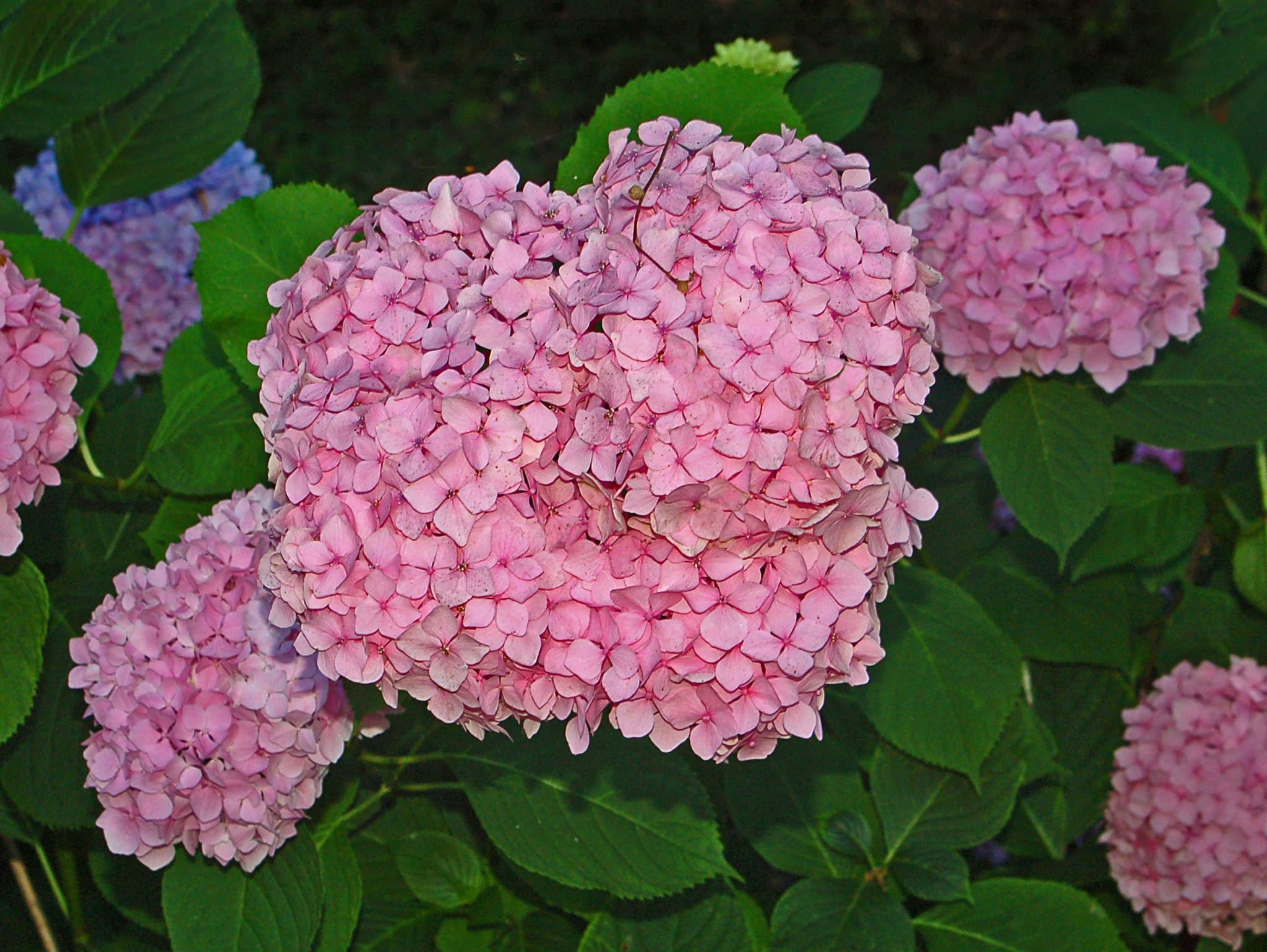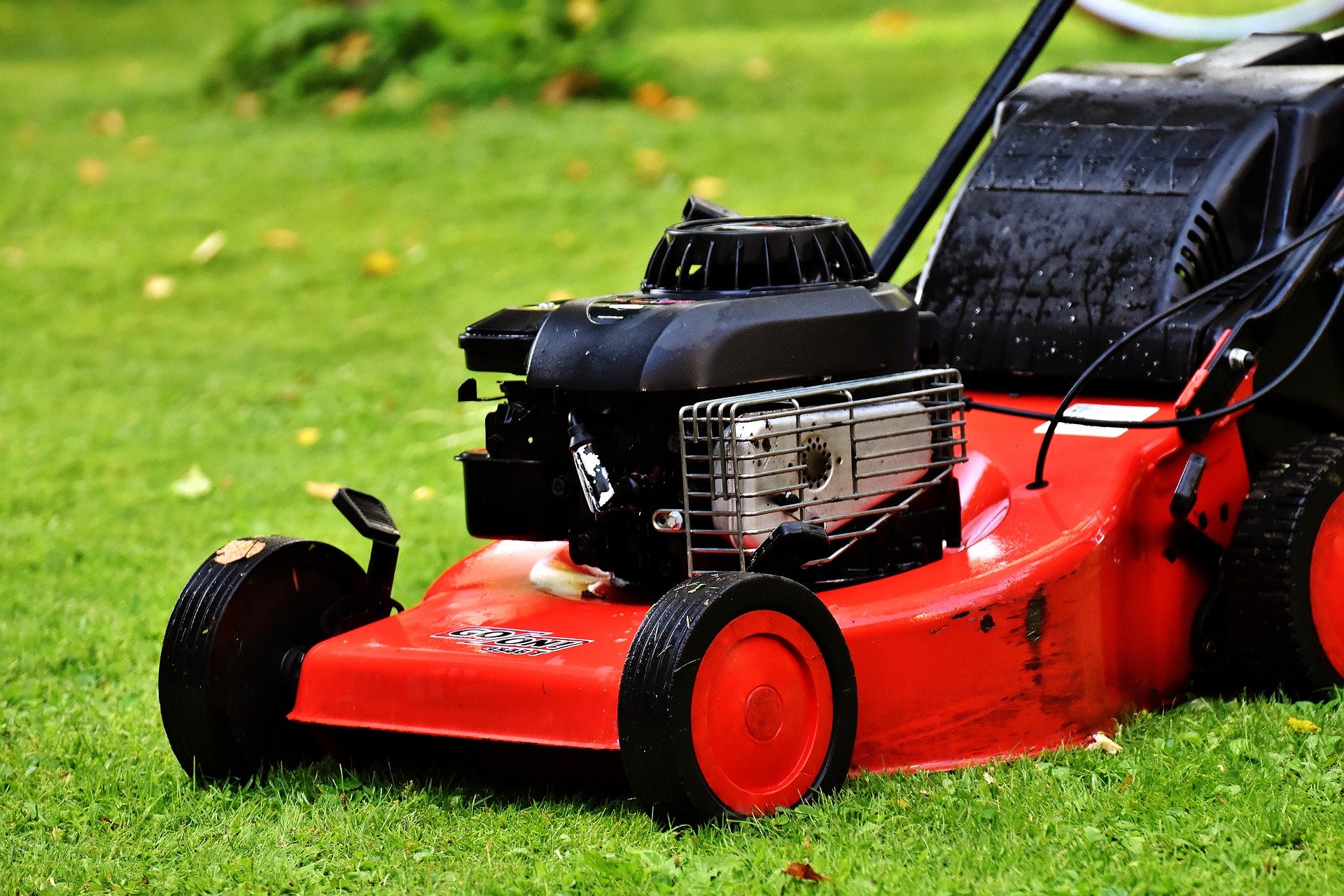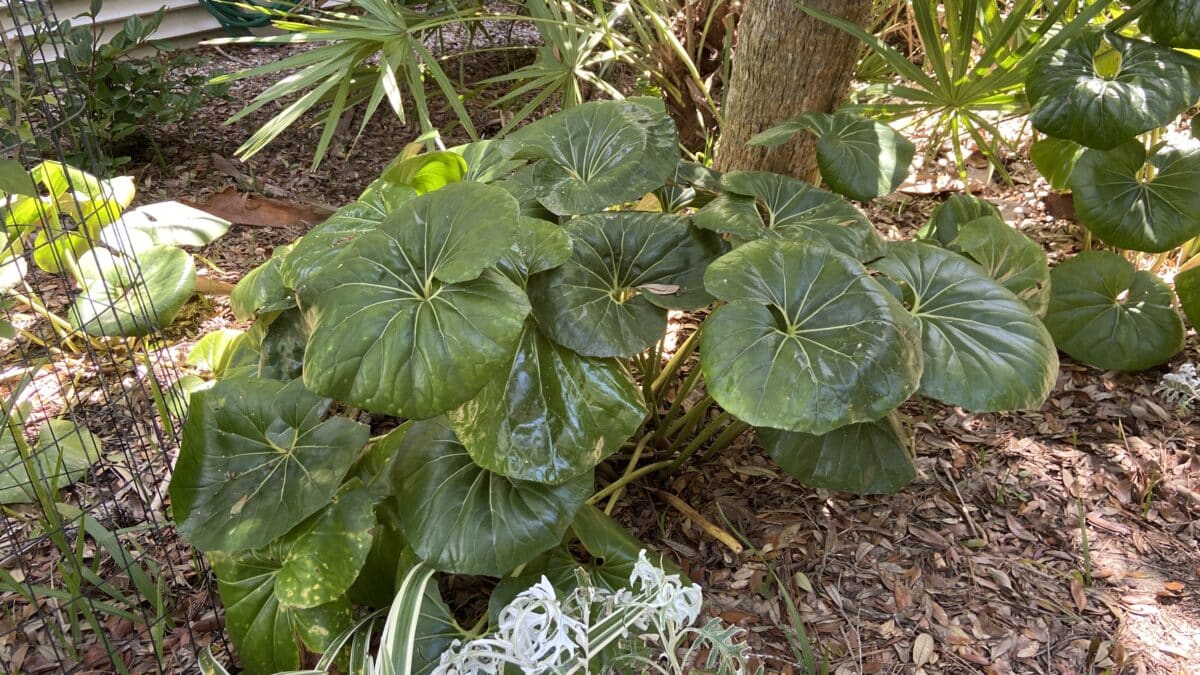
Local Nurseries
January 12, 2021
Lawn Care
January 22, 2021If you’re considering replacing some or all of your lawn with natural habitat, we have good news for you. Not only is it typically lower maintenance, but it can add curb appeal and more importantly improve your environment when it comes to wildlife.
Lower Maintenance
Manicured lawns require a lot of water to keep it green. This can be especially true in South Carolina where seasonal droughts are common. By incorporating native plants and trees into your landscape plan, you can choose more drought-tolerant plants and reduce the amount of water needed for upkeep. Likewise, less mowing and fewer pesticides and fertilizers will reduce overall maintenance requirements.

Grow Your Ecosystem
The concept of natural habitat includes the planting of trees and other plants that are native to your area. The small insects that rely on this native growth are an all-important part of the local ecosystem reproducing and providing food for wildlife living in your area.
A recent study, published by Science Daily, “found habitats with two or three native tree species are on average 25% to 30% more productive than monocultures [such as a grass lawn], meaning they contribute that much more food and energy to an ecosystem”. Further, “habitats with five native tree species were 50% more productive. Wildlife is drawn to lands teeming with native plants.” (Yes Magazine, Feb. 2020)
Birds and Butterflies
Another wonderful benefit of bringing in native plants is their ability to attract birds, bees and butterflies. If you enjoy bird-watching, you’ll find natural plantings provide food and nesting materials that local birds have evolved with and rely on. In addition, native flowering trees, shrubs and plants provide the pollen that is critical for support of bees and butterflies.

What to Plant
The National Wildlife Federation has created a fantastic tool that enables you to search by zip code and see which flowers, shrubs and trees are native to your area. Give it a try: PlantFinder
Talk to your local nursery professionals and with their input and your imagination, you'll have a beautiful, locally sustainable garden in no time.


